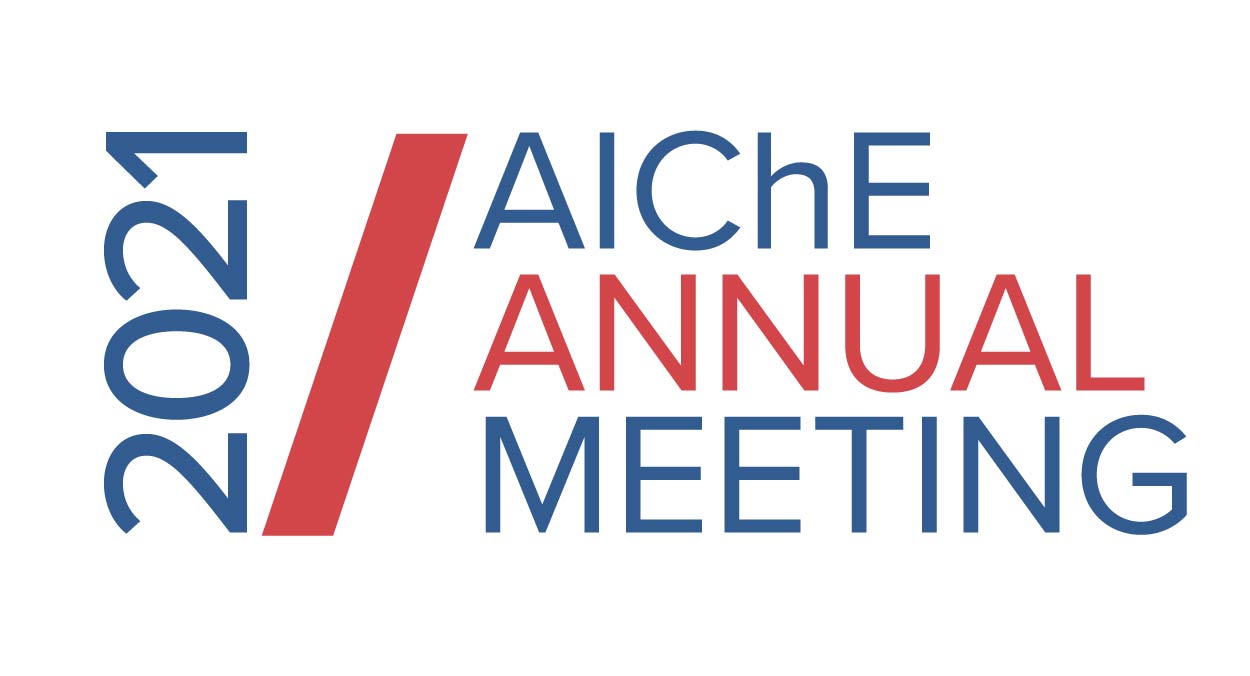

In recent years, plastic pollution in environment has become a serious problem all over the world. To assess environmental impacts of plastic waste accumulation in environment, crucial steps are to quantify the amounts of plastic lost to the environment from different sources and fluxes between environmental compartments and accumulation areas for plastics. This study represents the first quantitative global prediction of the mass distribution of plastics across environmental compartments. Probabilistic material flow analysis was used to obtain accumulated mass of plastic in various environmental compartments, based on well-known sources of plastic release to the environment and transport pathways between environmental compartments. The analysis of plastic released to the environment based on a quantitative model considering all relevant sources and transport pathways across environmental compartments are the difference our work from previous work. The model estimates the mass distribution of plastic in aquatic and soil environments including fragmentation of larger plastic to smaller pieces (i.e. macroplastics to microplastics and microplastics to nanoplastics). We estimated that 9.6±4.7 Mt of plastic (i.e. plastic excluding rubber and road marking) were lost to the environment of which 4.5±1.9, 3.3±1 and 1.4±1 Mt /year accumulated in ocean, soil and freshwater system, respectively, which is first estimation of distribution of plastics in the environment. Furthermore, 0.4±0.8 Mt of plastic was estimated to be degraded in environment. In addition to this, 0.6±0.2 Mt and 1±0.6 Mt were accumulated in agricultural soil and ocean floor respectively. Among freshwater compartments, freshwater sediments (floor and shorelines) were estimated to accumulate 0.9±0.6Mt of plastic. The ocean shorelines (30% of plastics) and urban soils (27 % of plastics) were predicted as hotspots for plastic accumulation. This study can be considered as a baseline data for quantifying plastic transport and accumulation areas, which can be linked to future ecotoxicity studies and risk assessments of plastic waste.
Presenter(s)
Once the content has been viewed and you have attested to it, you will be able to download and print a certificate for PDH credits.
If you have already viewed this content,
please click here
to login.
